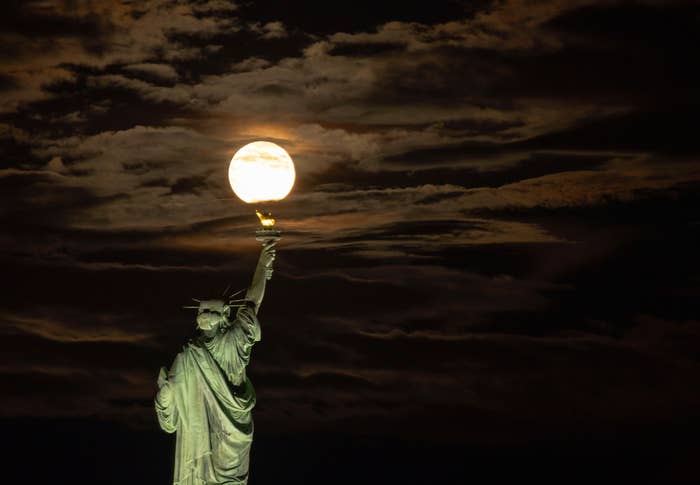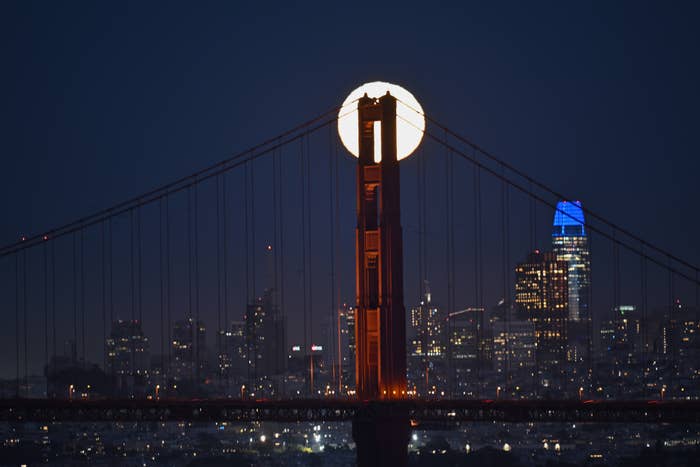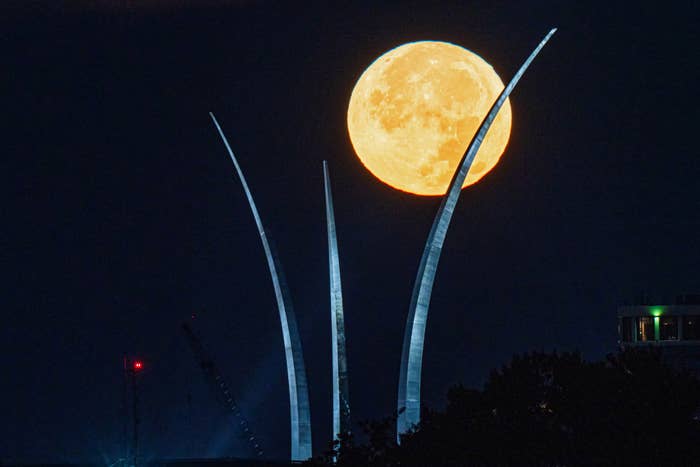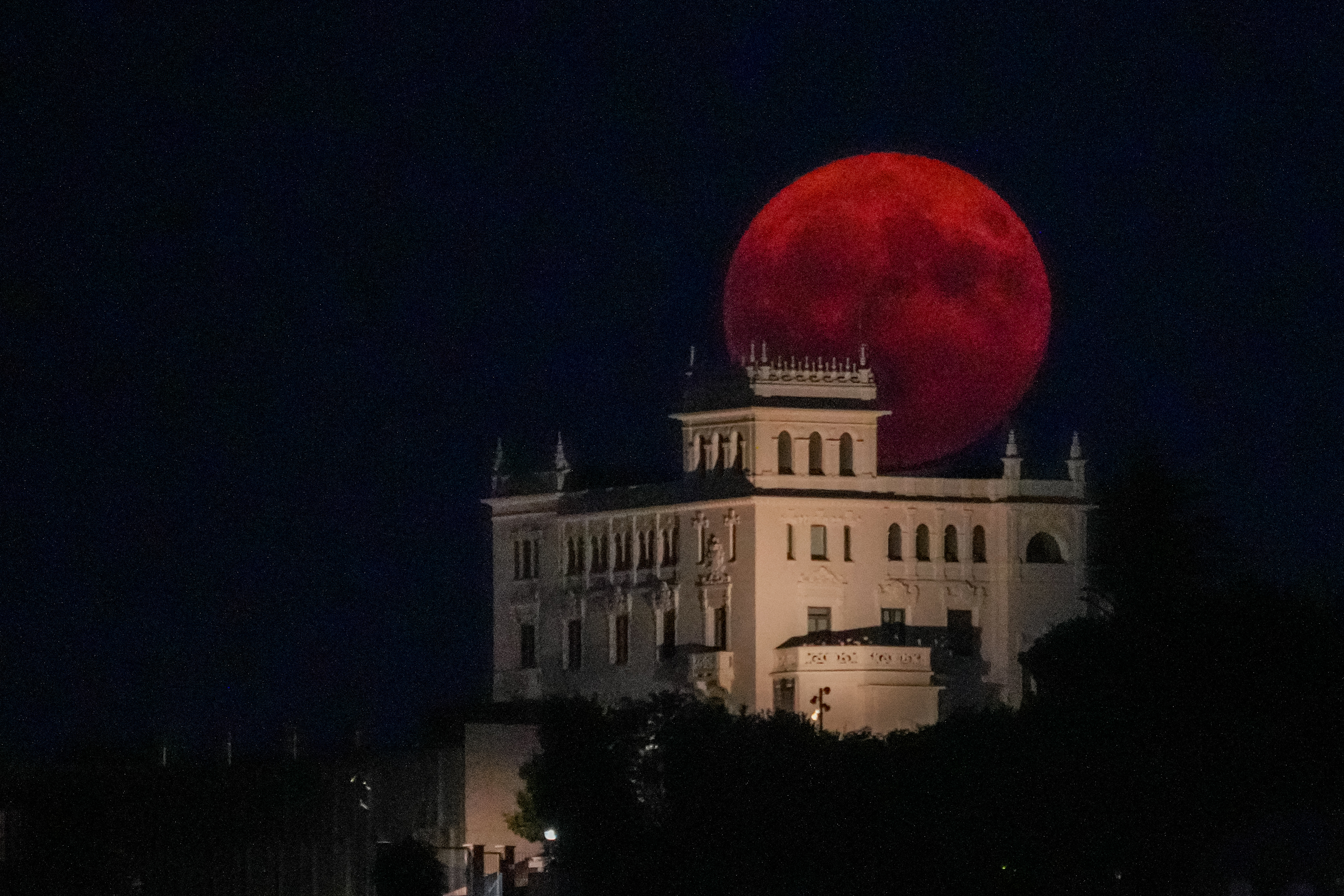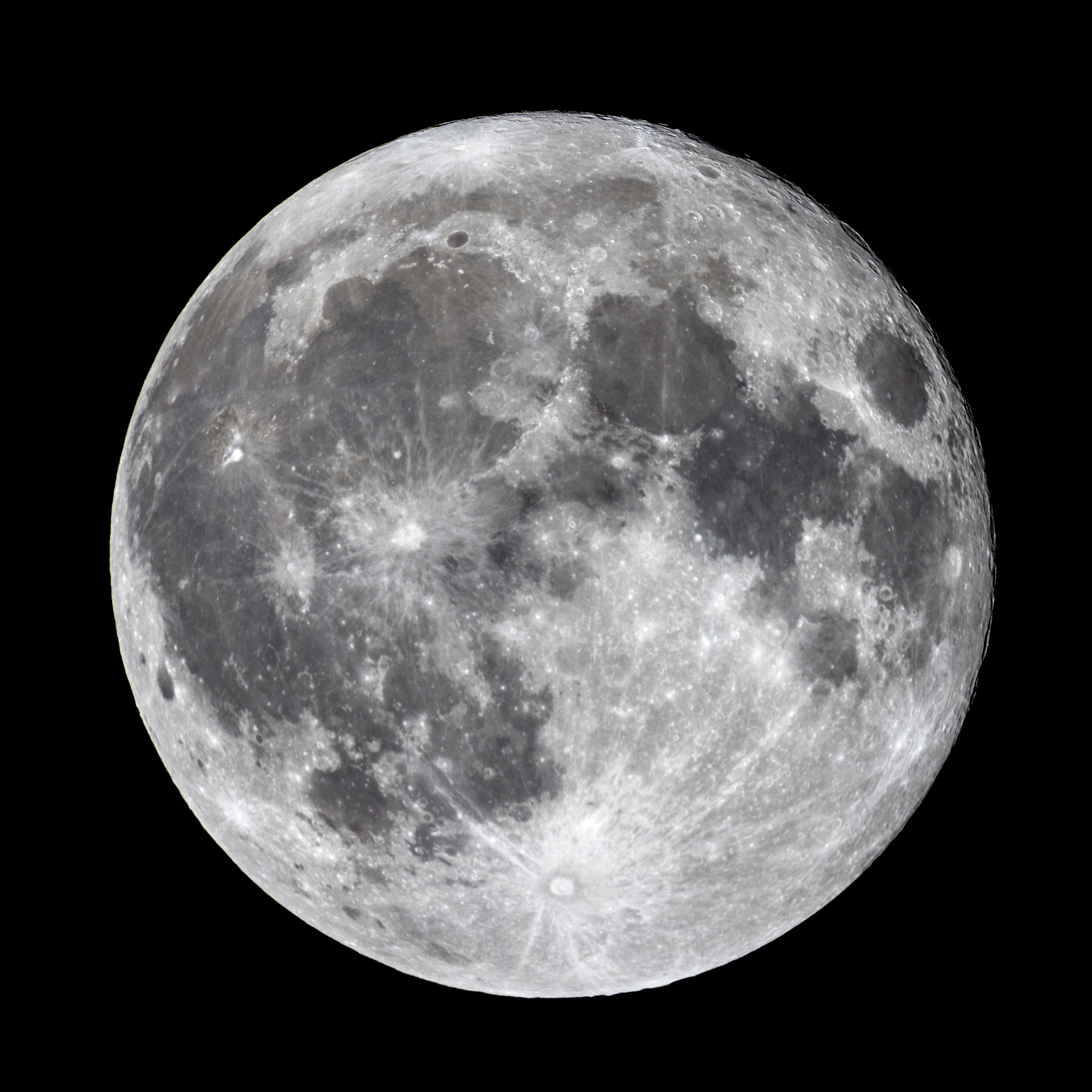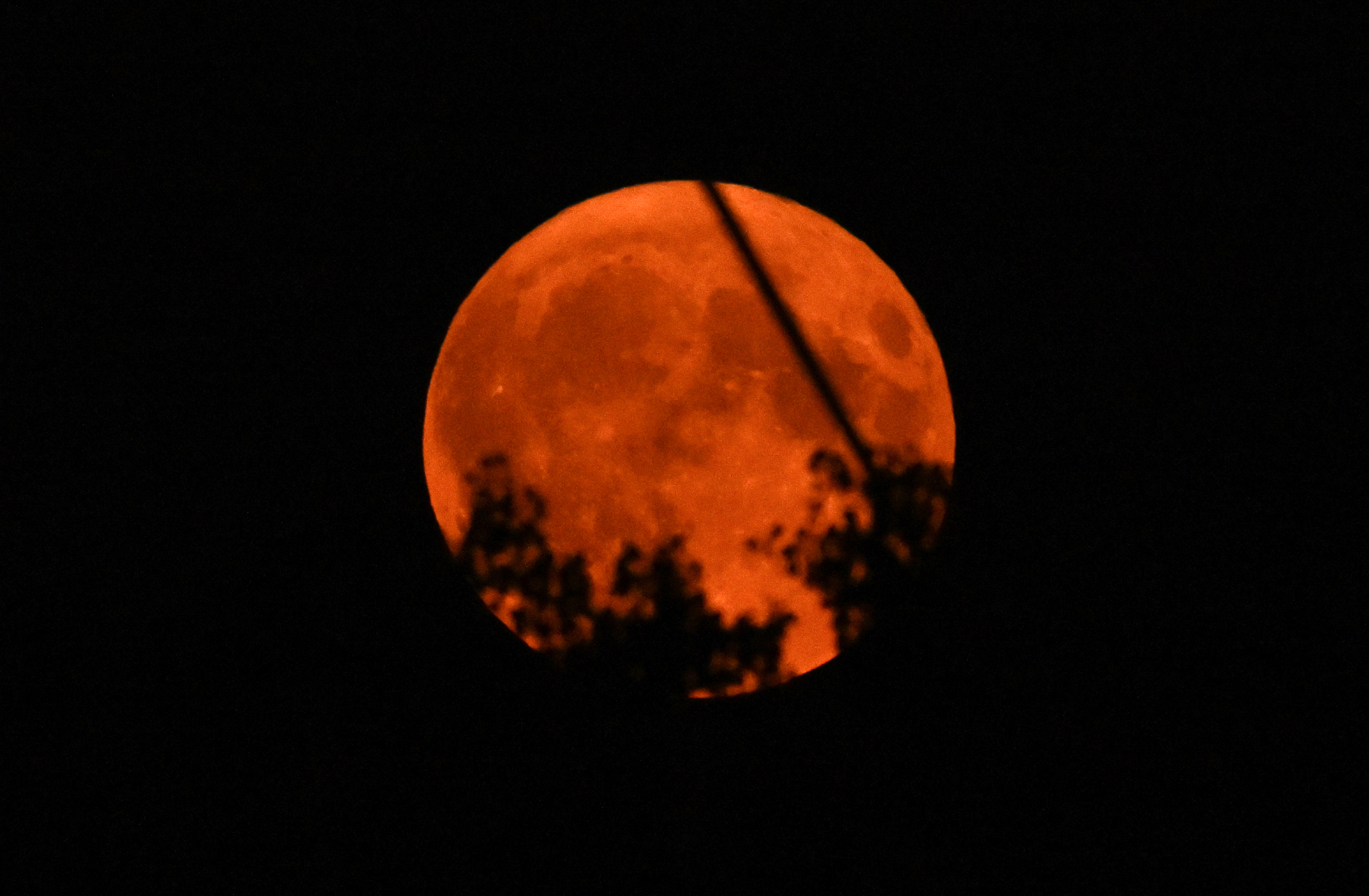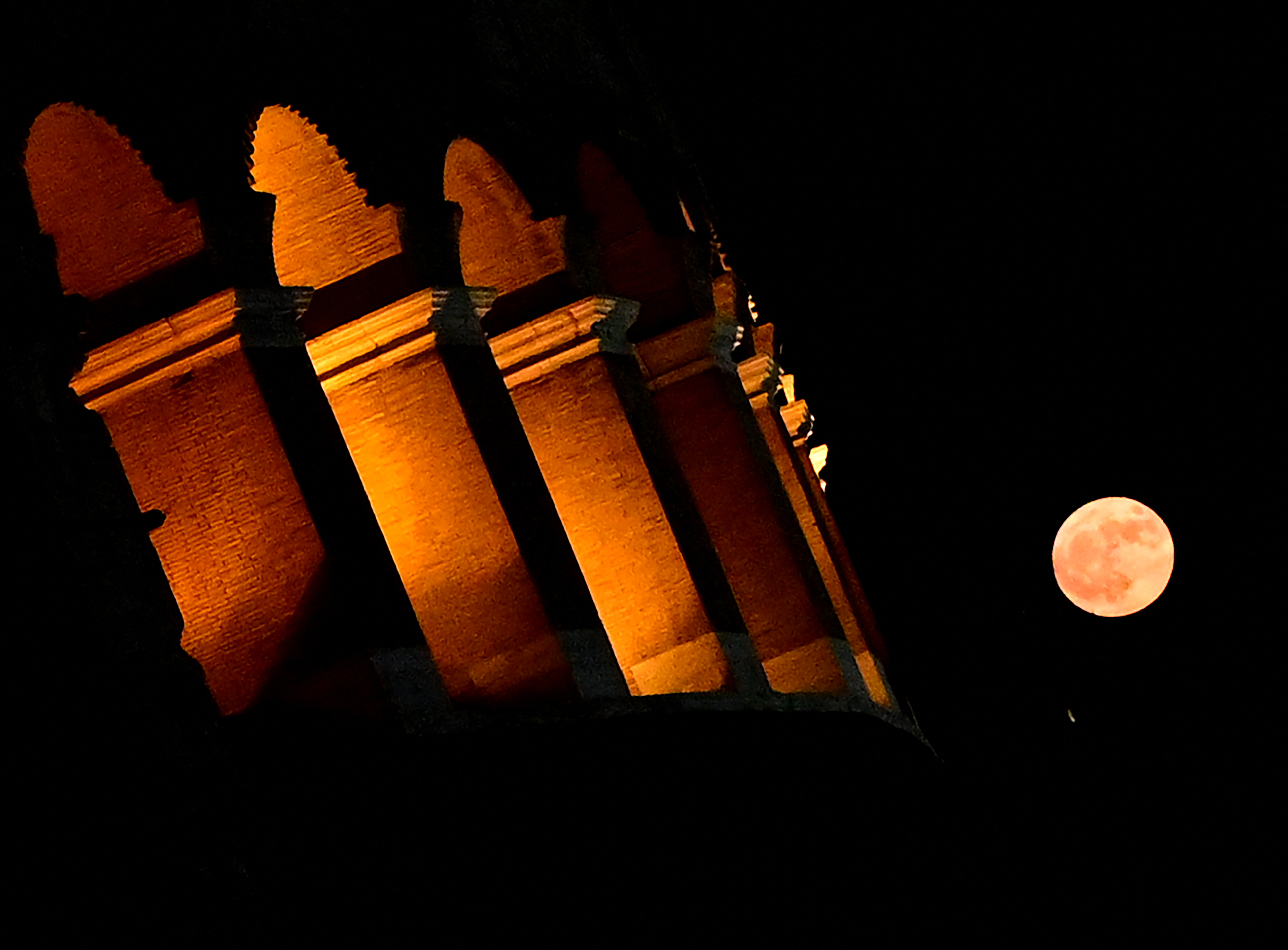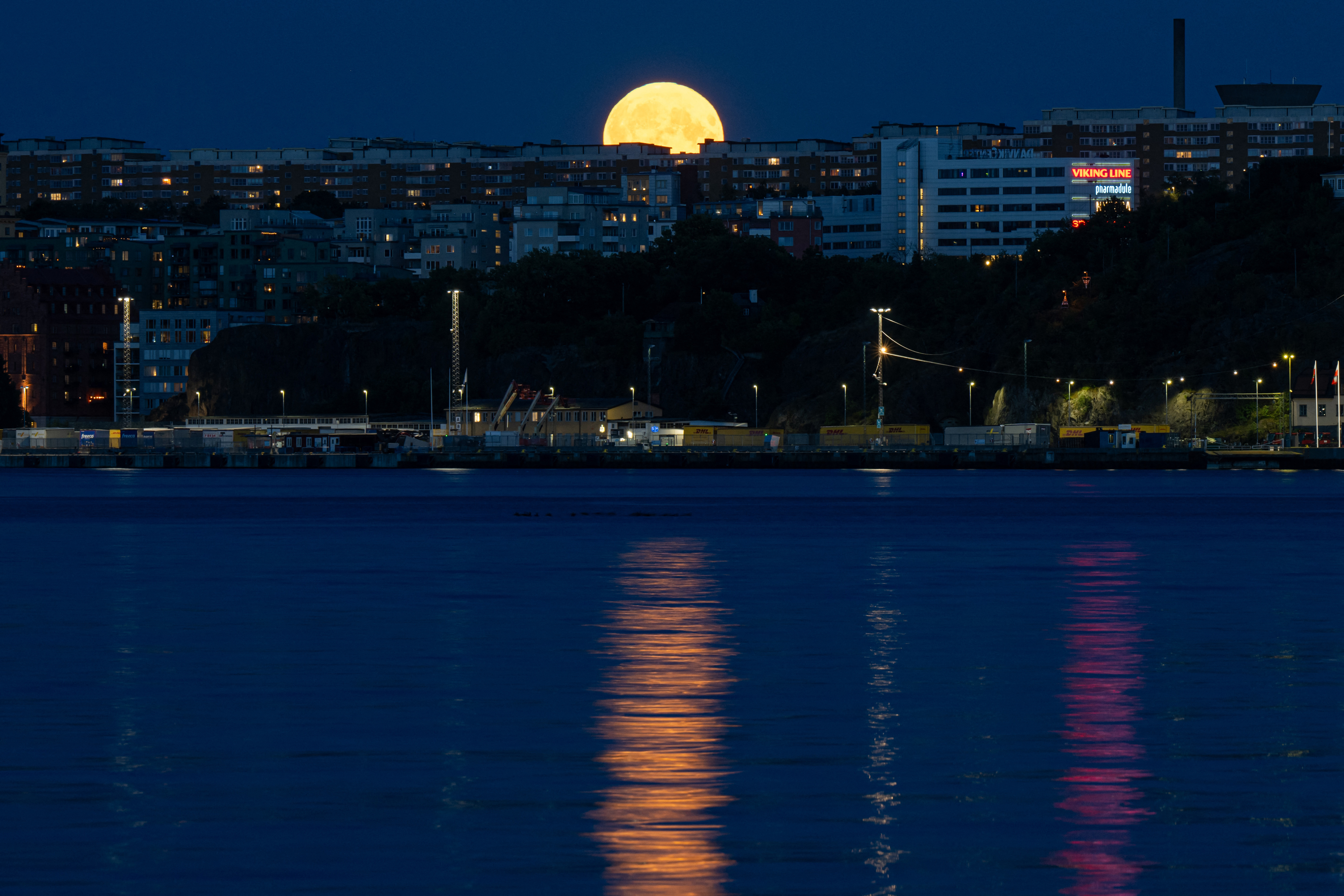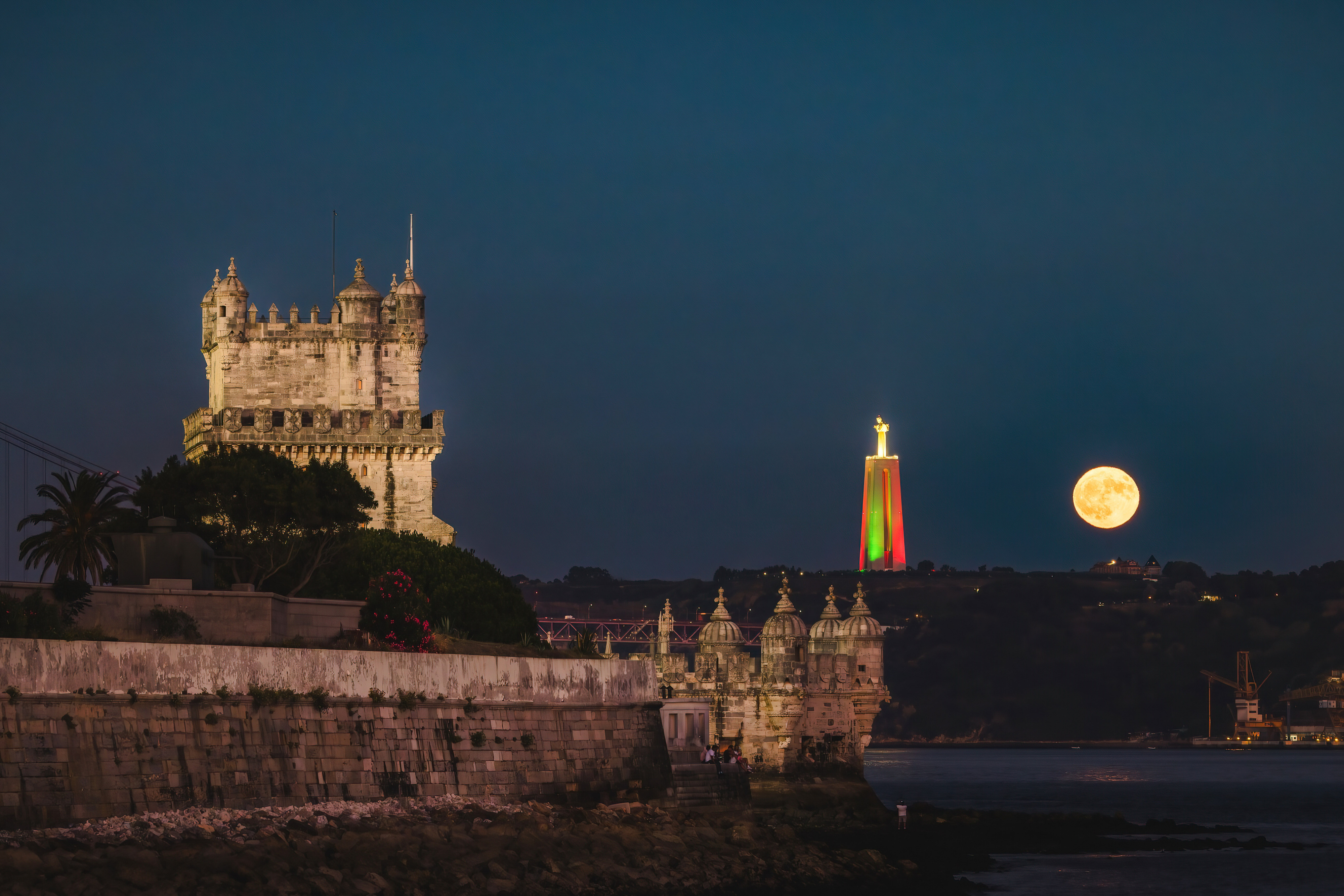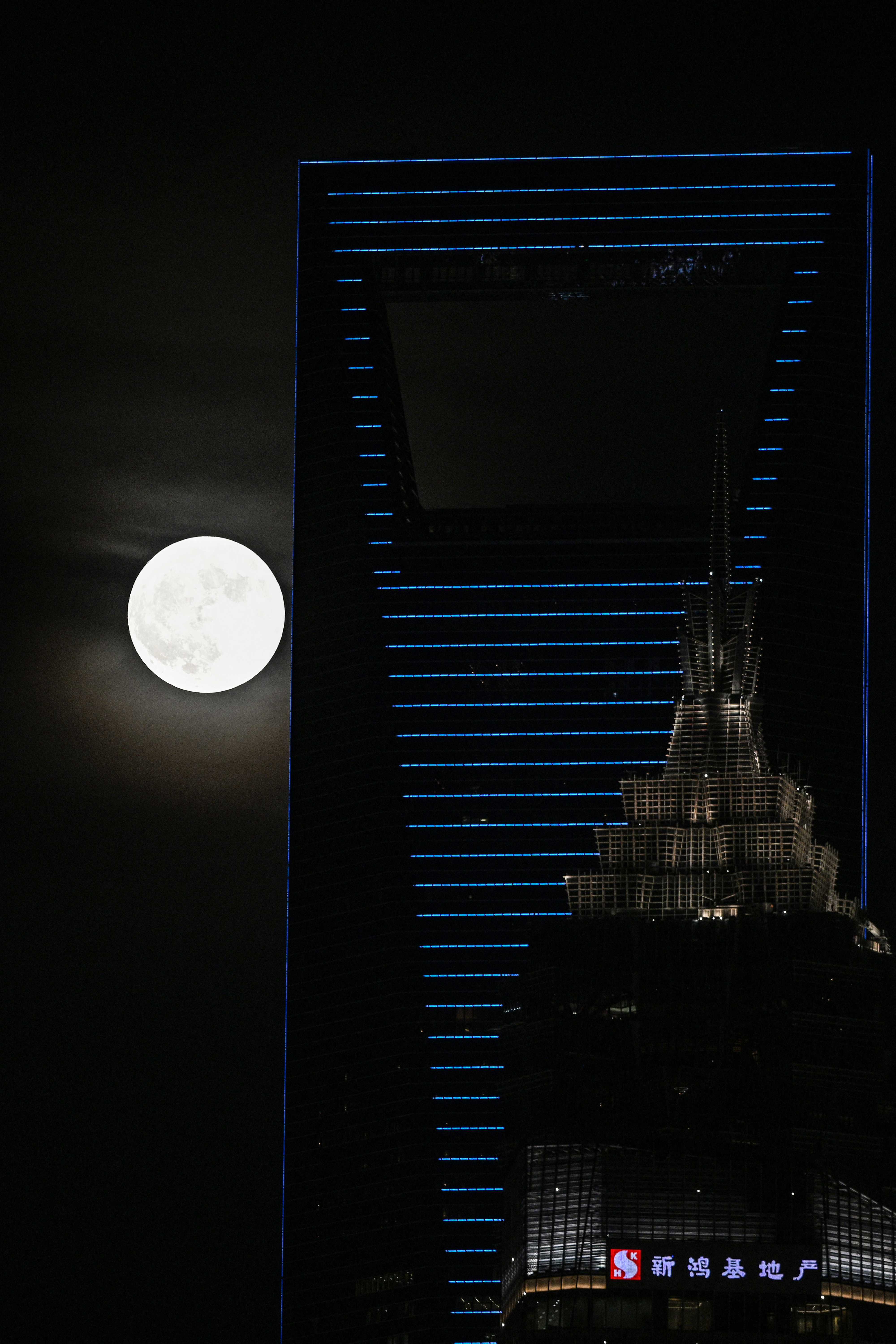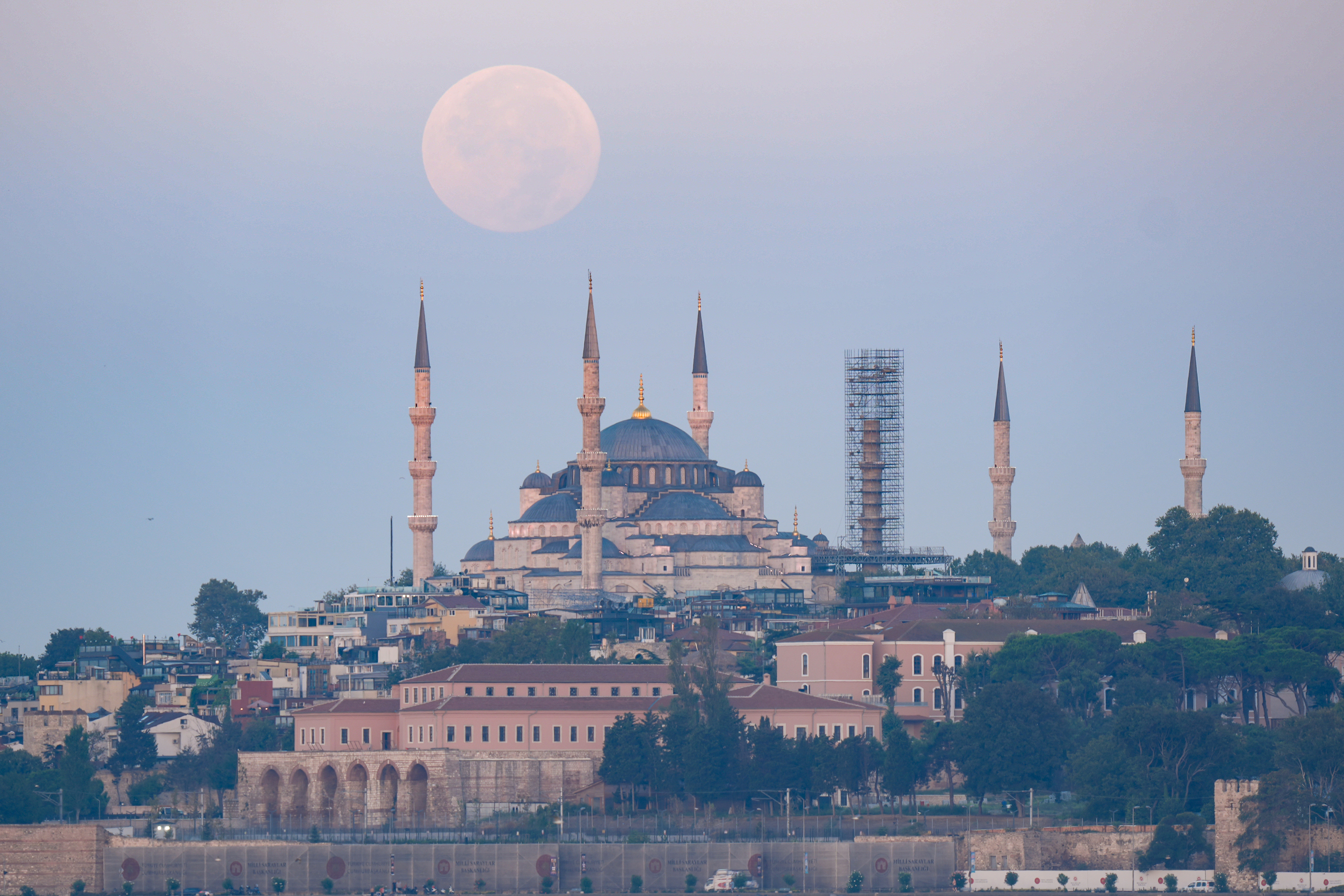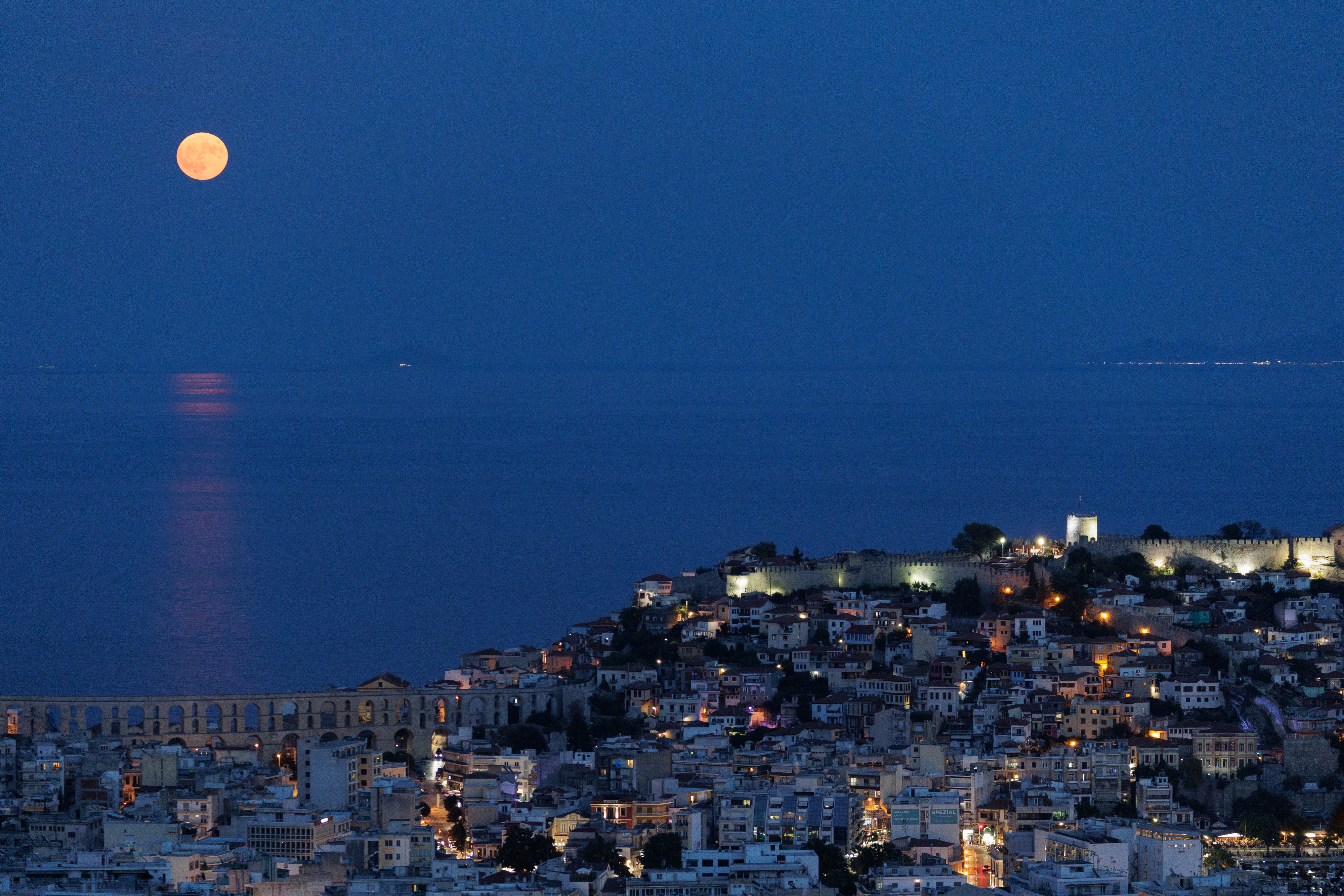consort to NASA , it ’ll be some time before another low supermoon fall out .
1.A rare seasonal blue supermoon took the night sky on Monday night.
2.According toNASA, blue supermoons typically happen once a decade, though the frequency “is quite irregular.”
3.For example,a monthly blue supermoon occurred just under a year agoon Aug. 31.
4.At the time,NASAsaid that the next blue supermoon wouldn’t occur until 2037, likely referring to the next monthly blue supermoon.
5.However, according toNPR, NASA determined the Aug. 19 moon qualified as a seasonal blue supermoon.
6.So what’s so special about a blue supermoon? Well, it’s two celestial occurrences coinciding for a spectacular event. Call it a joint slay.
7.The first is the blue moon.NASAreports a blue moon is the name for when a full moon happens twice in one month (a monthly blue moon) or four times in one season (a seasonal blue moon) instead of the usual three. For seasonal blue moons, the third of the four full moons in a season is a blue moon.
8.According toNASA,the Aug. 19 moon was a seasonal blue moon. According toSpace.com, there were full moons on June 21 and July 21, making the Aug. 19 full moon a seasonal blue moon. Space.com reports the fourth full moon of the summer season is expected on Sept. 17.
9.A supermoon occurs when the moon is simultaneously orbiting at its closest distance to Earthandis a full moon.
10.So, combine the seasonal or monthly blue moon with the supermoon, and you get a blue supermoon.
11.NASAsays the next monthly blue supermoon isn’t expected until 2037.
12.It’ll be a fruitful time, as blue supermoons are predicted for both January and March of that year.
13.As for the next seasonal blue supermoon, NASA reports to expect one on Aug. 21, 2032.
